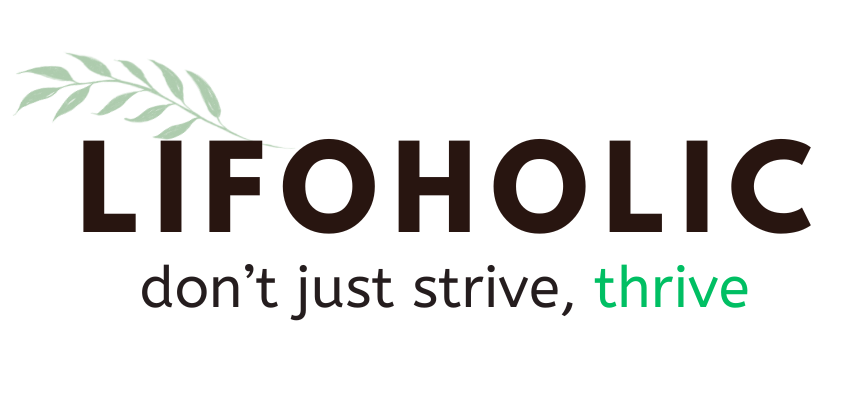In the current age of workplace reinvention, managing a multi-generational workforce is less a challenge and more an organizational imperative. For U.S. businesses operating in 2025, the age range across teams is wider than ever. From recent Gen Z hires fresh out of college to Baby Boomers who delayed retirement post-pandemic, five distinct generations now share the same virtual conference rooms, digital workflows, and weekly performance dashboards.
This unprecedented demographic spread is reshaping how companies lead, communicate, and retain top talent.
“You’re not managing employees anymore. You’re managing timeframes, worldviews, and digital fluencies,” said the Chief People Officer at a national logistics firm that employs over 12,000 workers. “It’s not about ping-pong tables or remote work—it’s about making each person feel like they matter, no matter when they were born.”
“According to a June 2024 Transamerica survey of 5,700+ U.S. workers, 67 percent say their employers are ‘age‑friendly.’ Interestingly, this sentiment is consistent across generations—including Gen Z—pointing toward a shared workplace experience despite differing expectations.” transamericainstitute.org
The New Workforce Profile
By 2025, the American workplace spans:
- Baby Boomers (ages 60–78): Often in advisory, compliance, or part-time roles, many Boomers are working longer due to financial resets during COVID and a desire to stay engaged.
- Generation X (ages 45–59): Typically senior leaders, department heads, and long-standing managers, this cohort bridges analog roots and digital proficiency.
- Millennials (ages 29–44): The largest share of the U.S. workforce, millennials are driving middle and upper management decisions while still battling burnout and student debt.
- Gen Z (ages 19–28): Entering the workplace during global uncertainty, they are digitally native, socially conscious, and quick to leave companies that feel inauthentic.
- Generation Alpha (under 18): While not yet full participants, internship programs and early career pipelines are starting to account for their entry in the next 5–7 years.
The generational mix brings diverse skills—but also deeply different expectations around communication, career growth, and leadership.

Misalignment Is the Biggest Risk
“Most conflict isn’t about work—it’s about working styles,” said a senior HR director at a media tech firm in Chicago that recently underwent a multi-generational workplace audit.
Boomers prefer scheduled meetings and hierarchical chains of command. Gen Z expects Slack-based transparency and open access to leadership. Gen X worries about structure. Millennials crave coaching.
The consequence of ignoring these tensions? Attrition, confusion, and lost knowledge. In a 2024 workplace trends study, 42% of HR leaders said the biggest challenge to performance was intergenerational miscommunication—not talent shortages.
The same report showed that companies with strong intergenerational frameworks retained talent 24% longer and had 18% higher employee satisfaction.
Case Study: A Manufacturer’s Generational Reboot
In rural Pennsylvania, a century-old manufacturing company faced growing tension between senior floor managers (many over 55) and younger engineers (most under 30). The root problem was communication.
“Our managers thought Gen Z didn’t respect authority,” said the company’s COO. “Our younger employees thought their ideas were being dismissed.”
Rather than forcing conformity, leadership introduced “generational pairing pods”—an initiative where teams were grouped across age brackets for shared goal sprints. Training was delivered in multiple formats: written manuals for Boomers, video walk-throughs for Gen Z.
Within 90 days, internal feedback scores rose 27%, and time-to-decision dropped by 20%.
The Silent Language of Recognition
What counts as recognition for one generation can feel empty—or even insulting—to another.
Boomers tend to appreciate public acknowledgments and titles. Millennials may prefer flexible work arrangements or mentorship access. Gen Z often values real-time feedback and visible social praise.
One Fortune 500 retail chain piloted a recognition strategy segmented by age cohort. They offered:
- Legacy awards and company-wide tributes for Boomers
- Personalized LinkedIn shout-outs and access to internal career coaching for Millennials
- Peer-to-peer digital tokens and social leaderboard placements for Gen Z
Notably, employee engagement spiked 21% in frontline Gen Z roles, which were previously the highest risk for turnover.
Related – Which Skill Is a Key Driver for Success in the Modern World
The Role of Managers: Translate, Not Dictate
In a multi-generational workforce, managers function less like bosses and more like cultural interpreters. They must fluently speak multiple “work languages”—email etiquette, emoji-embedded Slack messages, in-person coaching, and asynchronous updates.
At a California-based biotech firm, middle managers now undergo biannual training on generational fluency. Topics include “Managing Up Across Generations,” “Decoding Millennial Silence,” and “Understanding Gen Z’s Expectations Around Boundaries.”
Since launching this program, internal promotion rates among Millennials have increased by 34%, while Boomer retention in part-time mentor roles has doubled.
“People do not leave companies,” said the CHRO. “They leave misaligned managers. If your manager can’t meet you where you are generationally, you’re gone.”
Compensation Is No Longer One-Size-Fits-All
Pay remains critical—but what surrounds compensation matters more than ever.
- Boomers value retirement matching, long-term security, and reduced hours without pay cuts.
- Gen X wants robust healthcare, tuition assistance for children, and performance bonuses.
- Millennials prefer student debt repayment options, mental health benefits, and flexible PTO.
- Gen Z demands salary transparency, pay equity audits, and mission-aligned work.
Businesses that offer flexible benefit “menus” rather than static plans are seeing higher engagement and application rates. One HR tech company in Austin reported a 19% uptick in applicant conversion after allowing employees to “design their own perks” from a fixed allowance.
Technology Is Not the Divide—Training Is
Contrary to popular belief, older generations are not anti-tech. But they are fatigued by digital transformation without training.
“We kept introducing tools—new HR platforms, AI-driven CRMs—but never slowed down to upskill all generations,” said the CTO of a commercial real estate firm that recently revamped its tech stack.
Their solution? Create “reverse mentorship circles” where younger employees train senior team members on new tech tools, while learning strategic planning from those same leaders.
These bi-directional exchanges have since been tied to a 15% improvement in operational efficiency.
Culture Cannot Be Assumed. It Must Be Designed.
Too often, companies confuse perks with culture. But generationally inclusive cultures are built on clarity, choice, and contribution.
This means:
- Creating multichannel communication norms (email, video, Slack, live)
- Establishing transparent policies for promotions and performance reviews
- Allowing flexible career paths, including boomerang roles and phased retirements
At a global consultancy, leadership created “culture councils” composed of representatives from each generation. Their job: audit internal practices every quarter and recommend generational equity improvements. One early insight? The language in job postings disproportionately appealed to Millennials and Gen Z. Updates led to a 17% increase in Boomer applicants for contract roles.
A Generational Strategy Is a Business Strategy
Managing a multi-generational workforce in 2025 is no longer an HR silo. It directly affects retention, innovation, and brand perception.
Boards are asking about it. Candidates are evaluating it. Internal teams are discussing it—especially as AI, automation, and globalization change what work even looks like.
“Every generation carries institutional memory,” said an organizational psychologist advising Fortune 100 companies. “If you are not intentionally building bridges between them, you are burning your most valuable resource: shared intelligence.”
Final Thoughts
In the face of generational complexity, the most successful companies are not those that neutralize differences—but those that design for them. A thriving multi-generational workforce requires more than training modules or birthday shout-outs. It demands deep systems thinking, authentic respect, and leadership that is less focused on controlling people and more invested in connecting them.
Because when generations understand each other, businesses move faster, last longer, and build legacies that matter.





